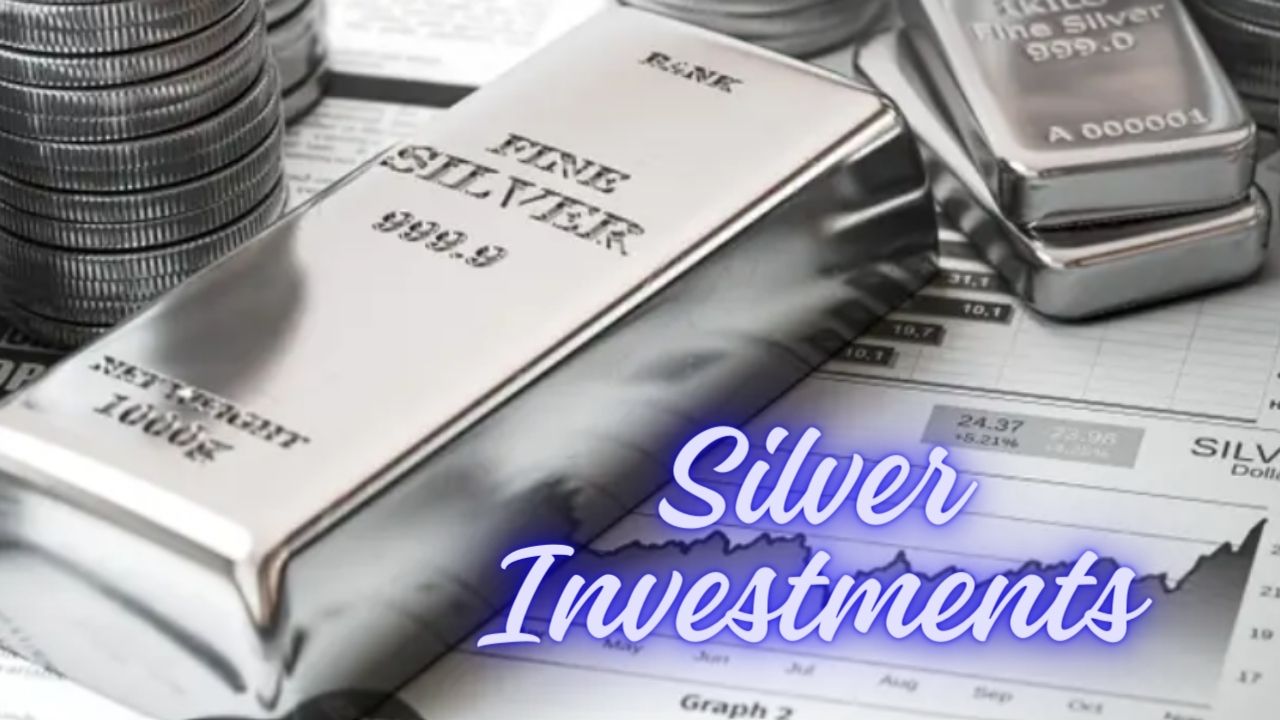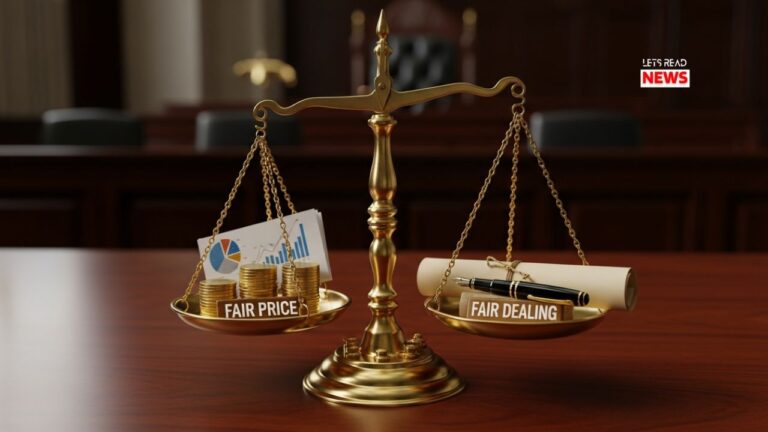Navigating Silver Investments: Strategies, Trends, and Considerations

Dive into silver investments for portfolio diversification. Explore silver bullion, coins, and stocks. Discover strategies and trends for robust financial growth.

In the dynamic world of investments, silver has emerged as a reliable asset, offering diversification and potential value retention, especially in uncertain times. This article explores the recent trends in silver prices, investment options, and crucial considerations for those looking to incorporate silver into their portfolios.
Silver Investments: Current Silver Market Overview
As of 8:20 am ET, the price of silver stands at $24 per ounce, reflecting a 0.71% increase from yesterday’s closing price of $23. Over the past week, silver has seen a 1.97% uptick, and the month-long increase is notable at 7.57%. The 52-week price range indicates a high of $24 and a low of $21.
Silver Investments Avenues :
- Silver Bullion: Investors can acquire investment-grade silver bars ranging from 1 to 100 ounces, with lower-weight bars offering increased liquidity in challenging markets.
- Silver Coins: Various silver coins, such as the American Silver Eagle and the Canadian Silver Maple Leaf, provide a tangible investment option with guaranteed purity.
- Silver Futures Contracts: Sophisticated investors can engage in silver futures contracts, allowing speculation on future prices and portfolio hedging without the need to handle physical metal.
- Silver Stocks: Owning shares in publicly traded silver mining companies offers exposure to silver prices without the necessity of physical metal possession.
- Silver ETFs: Exchange-traded funds focused on silver provide a diversified approach, investing in a basket of silver assets, including stocks, physical bullion, or futures contracts.
Silver vs. Gold: Understanding the Differences:
- Utility: While both gold and silver serve as stores of value, silver boasts more industrial applications, with approximately half of traded silver utilized in industries ranging from dentistry to electronics.
- Relationship to Markets: Silver prices typically correlate with overall stock market and economic performance, rising during economic expansions and decreasing during recessions—a pattern opposite to gold.
- Price Volatility: Silver’s lower unit price compared to gold contributes to increased price volatility, presenting both potential gains and losses at greater magnitudes.
Strategic Considerations for Silver Investments:
Investors looking to diversify their portfolios with silver should consider allocating up to 5% to commodities. However, individual goals and time horizons may influence this allocation.
Is Silver an Inflation Hedge?
While historically effective over long periods, silver’s role as an inflation hedge has shown variability in shorter time frames. Examining the periods of inflation in the 1970s and contrasting them with recent data suggests that silver may not consistently protect portfolios from short-term price rises.
Conclusion:
In conclusion, silver stands as a valuable component for portfolio diversification, offering a range of investment options. Understanding the market trends, differences between silver and gold, and the potential role of silver as an inflation hedge are critical for investors seeking to navigate this dynamic and historically significant precious metal.
More from Lets Read News:







